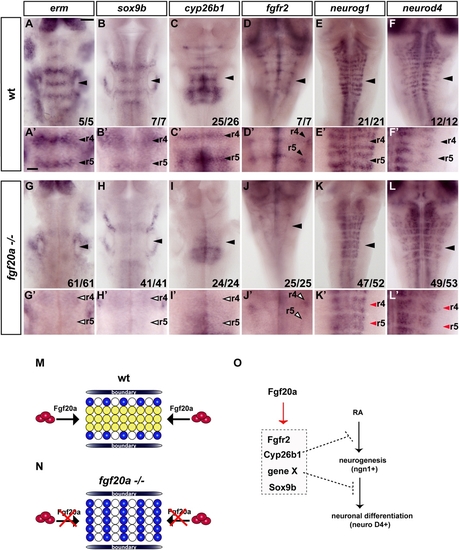Fig. 7
- ID
- ZDB-FIG-100319-15
- Publication
- Gonzalez-Quevedo et al., 2010 - Neuronal Regulation of the Spatial Patterning of Neurogenesis
- Other Figures
- All Figure Page
- Back to All Figure Page
|
fgf20a Is Required for Inhibition of Neurogenesis in Segment Centers |
Reprinted from Developmental Cell, 18(1), Gonzalez-Quevedo, R., Lee, Y., Poss, K.D., and Wilkinson, D.G., Neuronal Regulation of the Spatial Patterning of Neurogenesis, 136-147, Copyright (2010) with permission from Elsevier. Full text @ Dev. Cell

